Introduction

Understanding Trex Decking Problems
Trex decking problems often arise from factors like weather exposure, improper installation, or even regular wear and tear. Homeowners may find themselves facing challenges such as fading colors or warped boards that detract from the beauty of their composite deck boards. By being aware of these potential pitfalls, you can make informed decisions about your deck composite decking and ensure it remains an inviting space for years to come.
Common Issues with Composite Decking
Composite decking is celebrated for its low maintenance needs, yet it still presents some common issues that users should be mindful of. Many people report problems like scratches on the surface or discoloration due to prolonged sun exposure, which can be particularly frustrating for those who invest in high-quality materials like Trex deck boards. Understanding these challenges can help you take proactive measures to protect your investment and maintain the aesthetic appeal of your outdoor space.
Why Choose Composite Decking Alternatives
While Trex wood decks have their merits, exploring composite decking alternatives might lead you to discover options better suited to your specific needs and preferences. Some alternatives offer enhanced durability or improved resistance to fading and scratching compared to traditional Trex products. Ultimately, considering other composite decking solutions could save you time and money while providing a more enjoyable outdoor experience.
Overview of Trex Decking
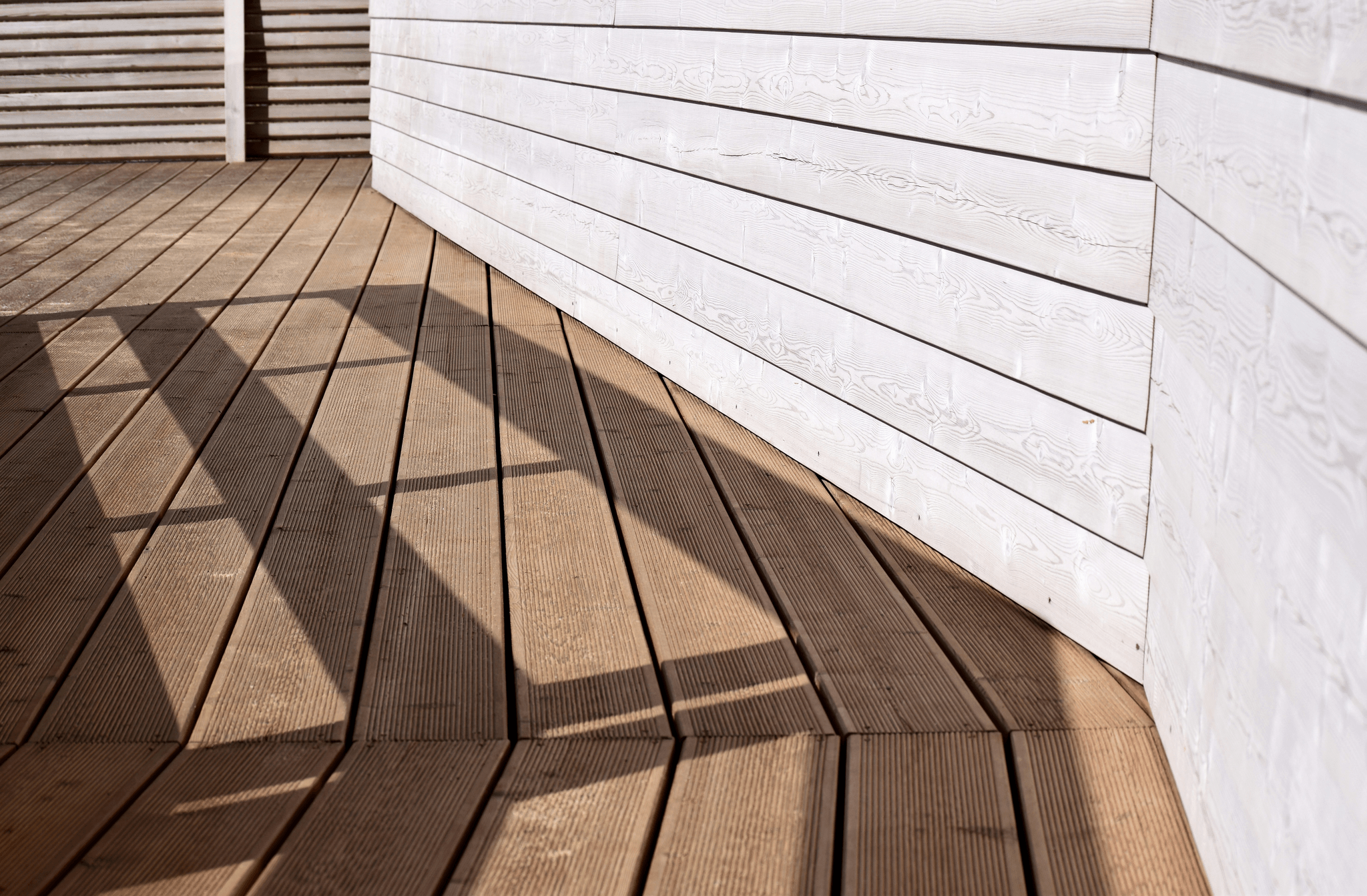
When it comes to outdoor living spaces, Trex decking has carved a niche for itself in the realm of composite decking. Understanding the materials and design behind Trex can illuminate why it’s a popular choice among homeowners, despite some trex decking problems that may arise. Let’s delve into what makes Trex unique, its rising popularity, and its advantages over traditional wood decks.
What is Trex Decking Made From
Trex decking is primarily crafted from a blend of recycled wood fibers and plastic, making it an eco-friendly alternative to traditional wood decking. This combination not only enhances durability but also addresses some common trex decking problems like susceptibility to rot and pests. The result is a resilient material that mimics the appearance of natural wood while offering superior longevity.
The Rise of Composite Decking
The popularity of composite decking has surged over the years, with Trex leading the charge in this innovative market. Homeowners are increasingly drawn to composite deck boards due to their low-maintenance nature and resistance to weather-related wear and tear. As more people seek sustainable building options, the rise of Trex as a premier choice reflects a growing preference for materials that combine aesthetics with practicality.
Advantages of Trex Wood Deck
One of the standout advantages of a Trex wood deck is its impressive durability compared to traditional lumber options. Unlike conventional wood decks that require regular staining and sealing, composite deck boards from Trex are designed to withstand fading, scratching, and other common issues associated with outdoor surfaces. Additionally, many homeowners appreciate that these decks offer an extensive range of colors and styles, allowing for personalized outdoor designs without sacrificing performance or facing frequent trex decking problems.
Common Trex Decking Problems
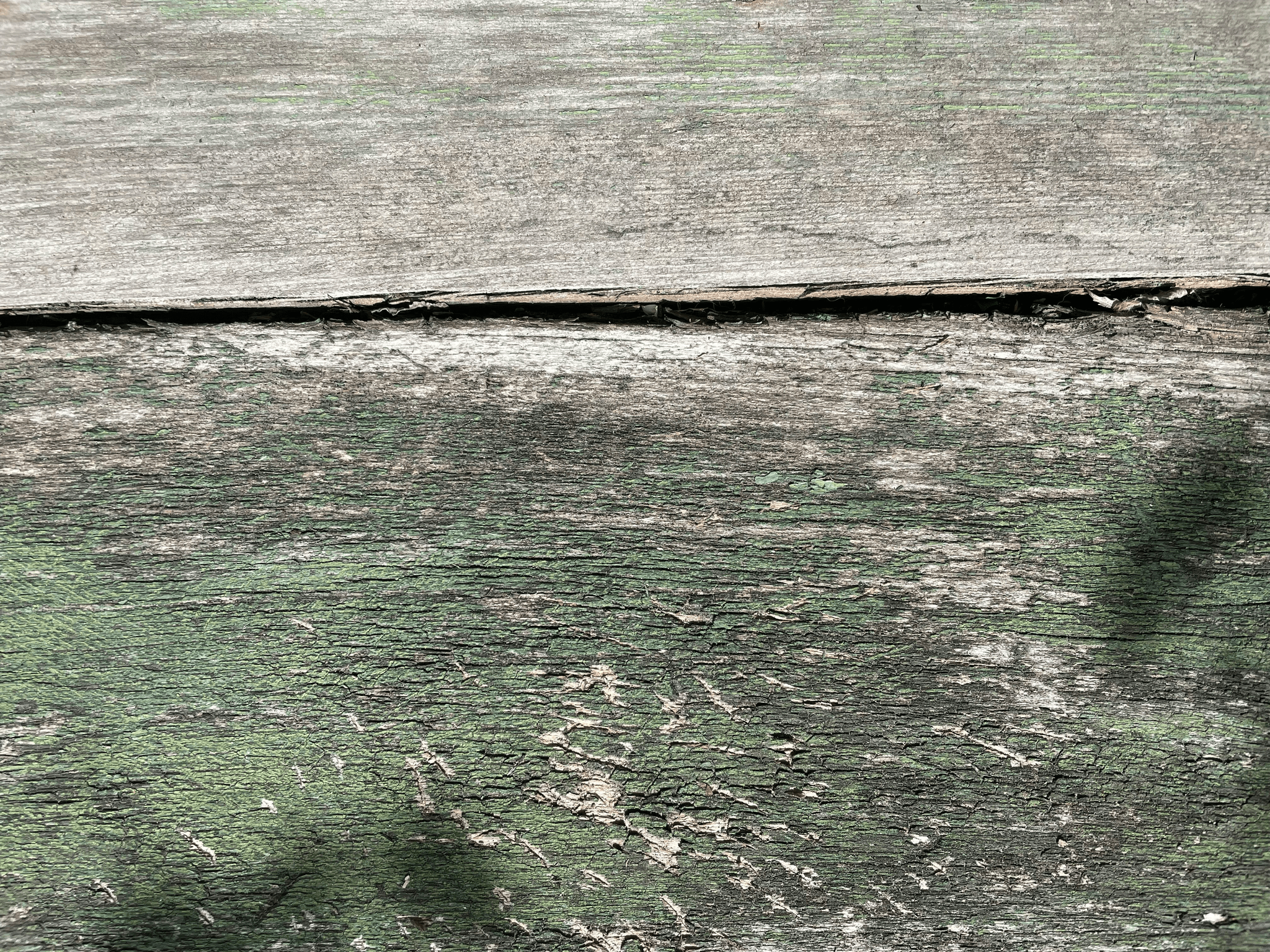
When it comes to Trex decking problems, homeowners often find themselves facing a few recurring issues that can dampen the enjoyment of their outdoor spaces. While Trex wood decks are marketed as low-maintenance and long-lasting, certain factors can lead to dissatisfaction. Understanding these common problems can help you make informed decisions about your composite decking choices.
Fading and Discoloration Issues
One of the most frequently reported trex decking problems is fading and discoloration. Over time, exposure to sunlight can cause the vibrant colors of composite deck boards to dull significantly, leaving a less-than-appealing surface that no longer matches your initial vision. This issue not only affects aesthetics but can also diminish the overall value of your home, making it essential for homeowners to consider maintenance options or alternative materials.
To combat fading, many manufacturers recommend specific cleaning solutions that help restore some vibrancy; however, these methods may not always yield satisfactory results. Additionally, while Trex wood deck products are designed with UV protection in mind, even the best composite decking can show signs of wear after years in direct sunlight. Therefore, if you're considering installing trex deck boards, it's wise to think about how you'll address potential discoloration down the line.
Warping and Shrinking Concerns
Another significant concern for those investing in composite decking is warping and shrinking—a problem that plagues many outdoor materials exposed to fluctuating temperatures and moisture levels. While Trex decking is engineered for durability, extreme weather conditions can lead to unwanted changes in shape or size over time. Homeowners may notice gaps forming between deck boards or sections lifting away from their original position.
Warping not only detracts from the visual appeal of your deck but also poses safety hazards if left unaddressed. To minimize these issues with trex wood decks or other composite deck boards, proper installation techniques are crucial; this includes allowing for adequate spacing between boards during installation. If you're still experiencing warping despite taking precautions, it might be worth exploring alternative composite decking options better suited for your climate.
Scratches and Surface Damage
Scratches and surface damage are yet another common issue associated with trex decking problems that many homeowners encounter over time. Although composite materials like Trex are designed to withstand typical wear and tear better than traditional wood options, they aren’t entirely immune to scratches caused by furniture movement or pets running around outside. These unsightly marks can detract from the overall elegance of your outdoor space.
To prevent scratches on your trex wood deck or any other type of composite decking material you choose, consider using protective pads under furniture legs and keeping sharp objects away from the surface whenever possible. Regular cleaning will also help maintain its appearance by removing debris that could cause abrasions when walked on or moved around inadvertently. If damage does occur despite your best efforts at prevention, there are repair kits available specifically designed for fixing blemishes on composite deck boards—so don’t lose hope just yet!
Installation Challenges
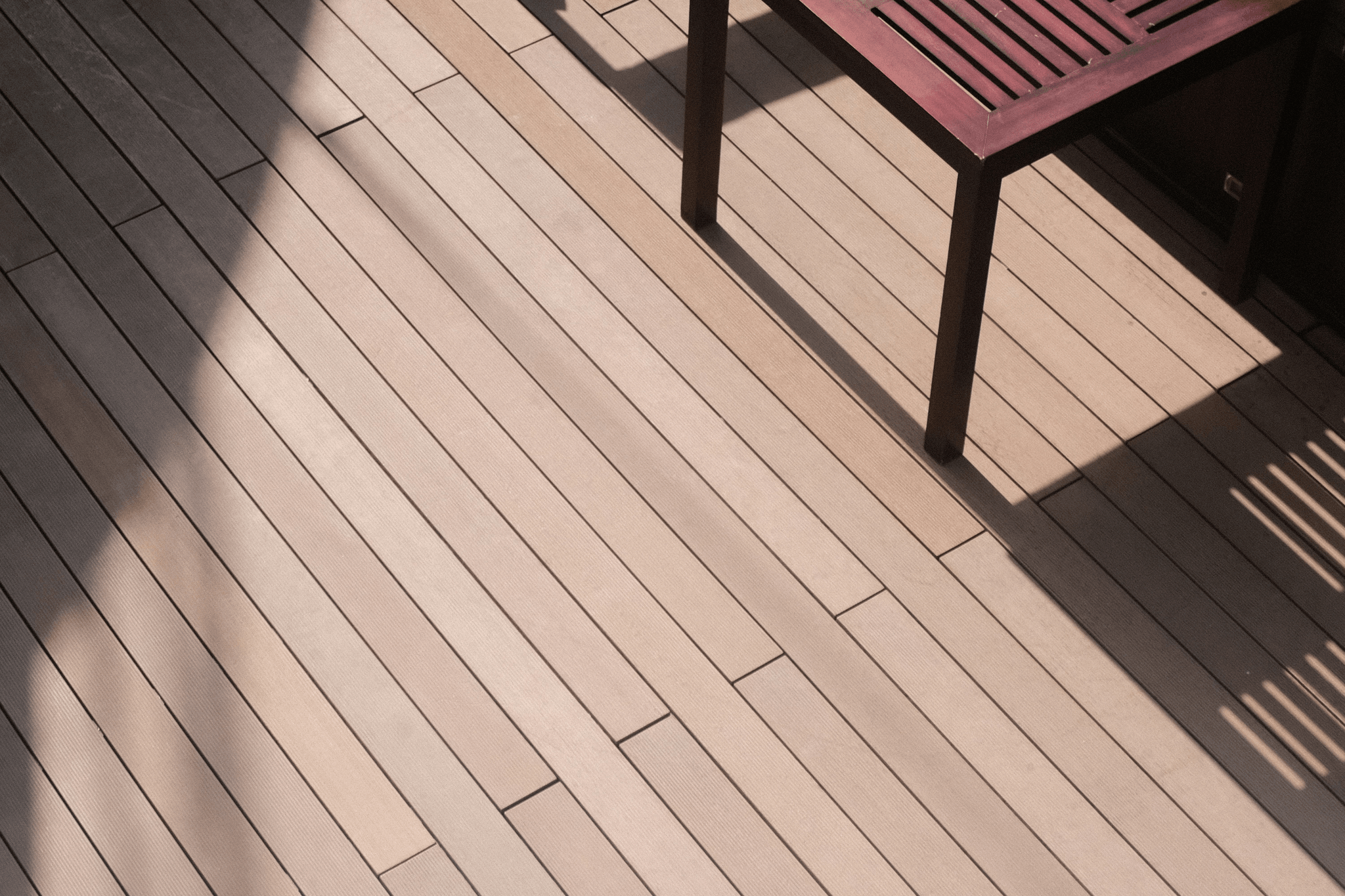
Installing a Trex wood deck can seem straightforward, but the reality is that the installation process is fraught with potential pitfalls. Proper installation is crucial in ensuring that your composite decking performs well over time and minimizes common trex decking problems. A poorly installed deck can lead to issues like warping, fading, and even structural failures, which are not only frustrating but also costly to fix.
Importance of Proper Installation
When it comes to composite decking, proper installation is paramount to its longevity and performance. The way you lay down those deck boards can make all the difference in avoiding common trex decking problems such as uneven surfaces or gaps that collect water. Ensuring correct spacing and alignment during installation will help maintain the aesthetic appeal of your Trex deck while also enhancing its durability against weather elements.
Common Mistakes to Avoid
Even seasoned DIY enthusiasts can trip up when installing composite deck boards Trex if they’re not careful about details. One major mistake is neglecting to read the manufacturer’s guidelines; ignoring these instructions can lead you straight into a heap of trouble with your new deck composite decking. Other blunders include failing to account for expansion gaps or using incorrect fasteners, both of which could exacerbate trex decking problems down the line.
Hiring Professionals vs DIY
Deciding between hiring professionals or tackling a Trex wood deck installation yourself often boils down to experience and comfort level with home improvement projects. While DIY might save you some bucks upfront, it could end up costing more if mistakes lead to significant trex decking problems later on. On the other hand, hiring experts means ensuring that your composite decking is installed correctly from the get-go—often worth every penny for peace of mind.
Comparing Trex with Competitors
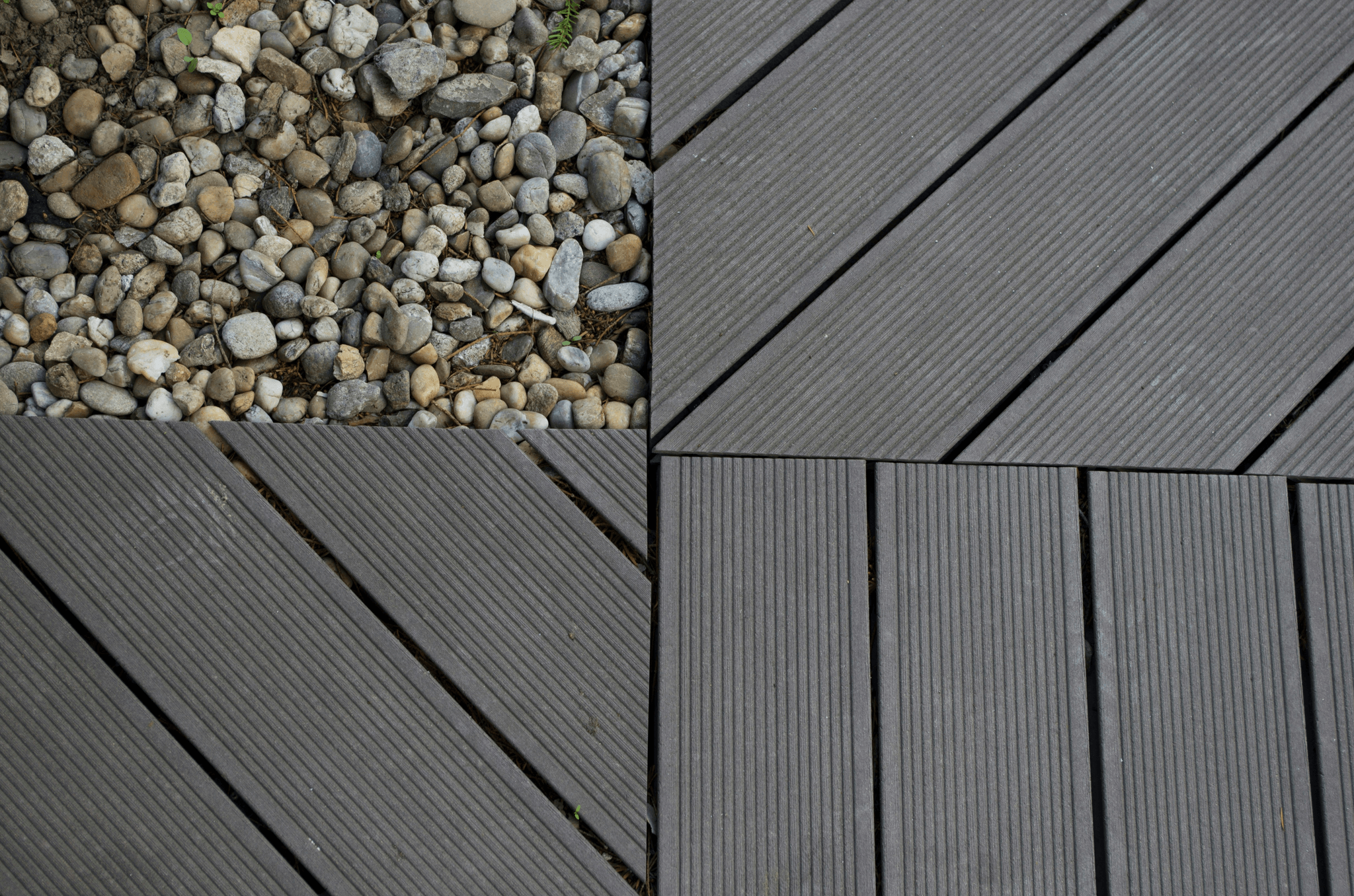
When considering composite decking options, it's essential to compare Trex with other brands to make an informed decision. While Trex is a popular choice for many homeowners, understanding the nuances of different offerings can help you avoid common trex decking problems. This section will delve into how Composite Decking Inc stacks up against Trex, the quality differences in deck boards, and a pricing assessment to ensure you get the best value for your investment.
Composite Decking Inc vs Trex
Composite Decking Inc presents a formidable alternative to Trex when evaluating composite decking options. Both companies produce high-quality materials designed to withstand the elements, but they differ in composition and performance. While Trex wood deck products are known for their aesthetic appeal, some users report trex decking problems such as fading and warping that may not be as prevalent in Composite Decking Inc's offerings.
Trex emphasizes its eco-friendly manufacturing process, which utilizes recycled materials; however, competitors like Composite Decking Inc also prioritize sustainability without compromising on durability. The choice between these two often boils down to personal preferences regarding appearance and specific performance needs. Ultimately, understanding these distinctions can help homeowners select the right deck composite decking solution for their lifestyle.
Quality Differences in Deck Boards
When comparing deck boards from Trex and its competitors like Composite Decking Inc, quality is paramount. Trex offers a range of colors and textures designed to mimic natural wood while providing low maintenance; however, some users have reported issues with surface scratches that detract from its beauty over time. In contrast, other brands may offer more robust surface protection or different finishes that resist wear better than traditional trex wood deck products.
Quality control is another area where differences emerge; while both companies strive for excellence in their manufacturing processes, customer feedback indicates varying levels of satisfaction regarding durability and longevity across different product lines. Homeowners should consider not only the initial appearance but also how well each brand's composite deck boards hold up under pressure over time. Choosing wisely can prevent future trex decking problems related to wear and tear.
Pricing and Value Assessment
Pricing is often a deciding factor when selecting between different composite decking brands like Trex and Composite Decking Inc. Generally speaking, Trex tends to be on the higher end of the price spectrum due to its brand reputation and extensive marketing efforts; however, many consumers find value in its long-term benefits despite occasional trex decking problems reported by users. On the flip side, Composite Decking Inc may offer competitive pricing without sacrificing quality or performance.
When assessing value beyond just upfront costs, consider factors such as warranty coverage and expected lifespan of your chosen material. A lower initial price might seem appealing but could lead to higher maintenance costs down the line if you choose inferior products that don't stand up well against weather conditions or regular use compared with more resilient options like those offered by Trex or other reputable brands in this sector. Ultimately weighing these considerations will guide you towards making an informed purchase that aligns with both your budgetary constraints and lifestyle needs.
Maintenance and Care
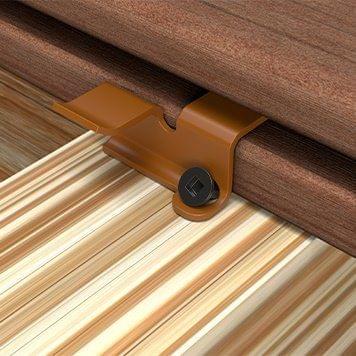
Maintaining your Trex decking is essential to ensure it remains a beautiful and functional outdoor space. Regular upkeep can help mitigate common trex decking problems, enhance the lifespan of your deck composite decking, and keep it looking fresh for years to come. Let’s dive into some key maintenance practices that will keep your Trex wood deck in top shape.
Regular Upkeep for Trex Decks
Regular upkeep for Trex decks involves simple tasks that can prevent more significant issues down the line. Inspecting your composite deck boards trex at least twice a year can help identify early signs of fading or warping, which are typical trex decking problems. Additionally, applying a protective sealant every few years can bolster the durability and appearance of your deck composite decking.
Keeping debris off the surface is also crucial; leaves, dirt, and other organic material can trap moisture and lead to mold growth or discoloration over time. Ensuring proper drainage around your Trex wood deck will also help mitigate water pooling issues that could contribute to warping or other structural problems. Remember, a little attention goes a long way in preserving the beauty of your composite decking!
Cleaning Solutions and Tips
Instead, opt for gentle soap mixed with warm water to tackle everyday grime on your composite deck boards trex. For tougher stains like oil or food spills, using a soft-bristle brush with this solution should do the trick without scratching the surface.
For those stubborn areas where dirt seems to cling on like an unwanted guest at a party, consider using a specialized cleaner designed for composite materials. Always rinse thoroughly after cleaning to avoid any residue build-up that could lead to fading or discoloration—another one of those pesky trex decking problems! And remember: regular sweeping prevents dirt accumulation and keeps your outdoor oasis looking pristine.
Longevity of Deck Composite Decking
The longevity of deck composite decking largely depends on how well you maintain it throughout its life cycle. With proper care—including regular cleaning and inspections—you can expect Trex decks to last 25 years or more without significant degradation compared to traditional wood options. This impressive lifespan makes them an attractive choice despite some common trex decking problems.
Moreover, many manufacturers offer warranties that reflect their confidence in the durability of their products; understanding these terms before purchasing is crucial when comparing different brands of composite decking solutions available on the market today. Investing in quality materials now means enjoying peace of mind later as you host summer barbecues or cozy winter gatherings on your beautifully maintained Trex wood deck.
Conclusion
In wrapping up our exploration of Trex decking problems and the world of composite decking, it's essential to take a moment to reflect on the key points discussed. Composite deck boards, including those from Trex, offer a blend of aesthetics and durability, but they are not without their challenges. By understanding these issues, homeowners can make informed choices that align with their needs and preferences.
Making an Informed Decision
When considering a new deck for your outdoor space, weighing all options is crucial. While Trex wood decks provide numerous benefits like low maintenance and long-lasting materials, potential buyers must also consider the trex decking problems that may arise over time. This comprehensive assessment will ensure you choose the best composite decking solution tailored to your lifestyle.
Weighing Pros and Cons of Trex
Like any product on the market, Trex has its share of pros and cons that deserve attention. On one hand, it boasts impressive weather resistance and an array of colors; on the other hand, common trex decking problems such as fading or scratches can detract from its appeal. By balancing these factors against personal priorities—such as aesthetic desires versus practical concerns—homeowners can arrive at a well-rounded decision regarding their deck composite decking choice.
Exploring Eco-Friendly Alternatives
For those who prioritize sustainability alongside performance in their composite deck boards selection, exploring eco-friendly alternatives is worth considering. Many companies now offer products made from recycled materials that rival traditional options in both quality and appearance while addressing some trex decking problems head-on. As you navigate through your choices in composite decking options, keep an eye out for innovative solutions that align with your values without compromising style or functionality.
